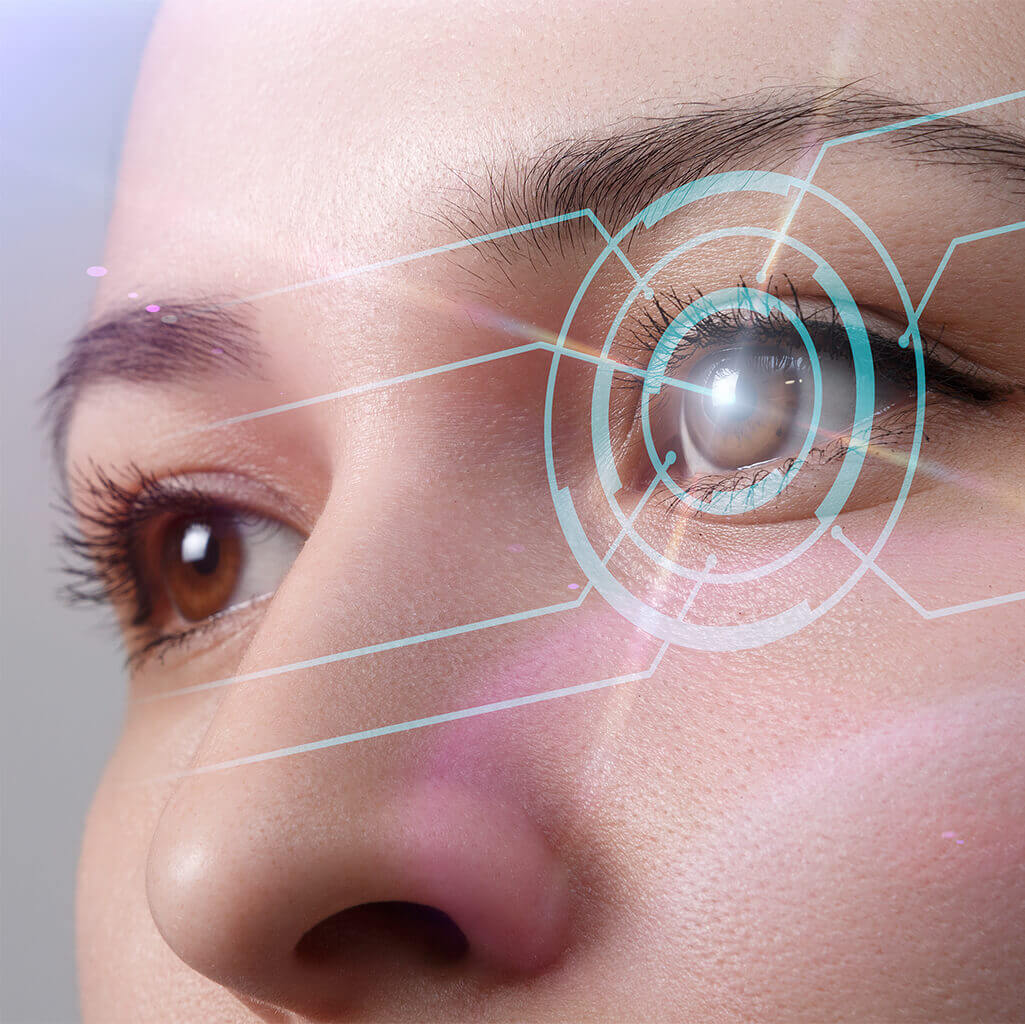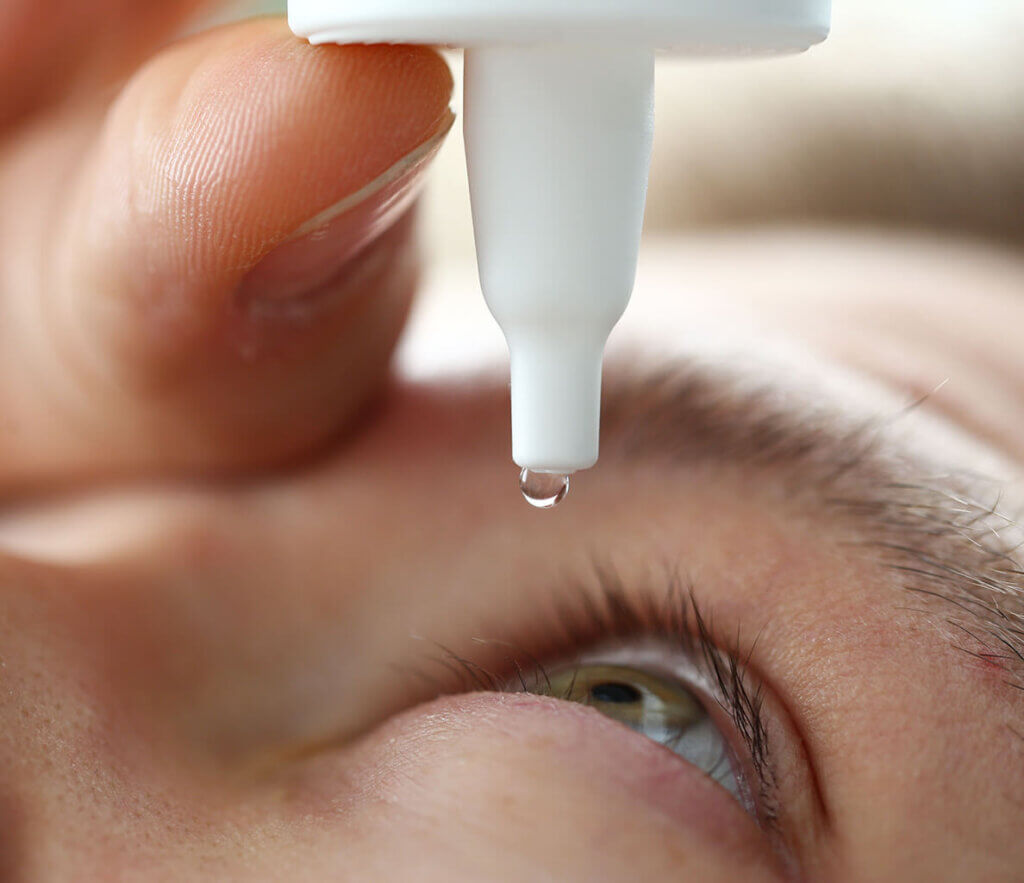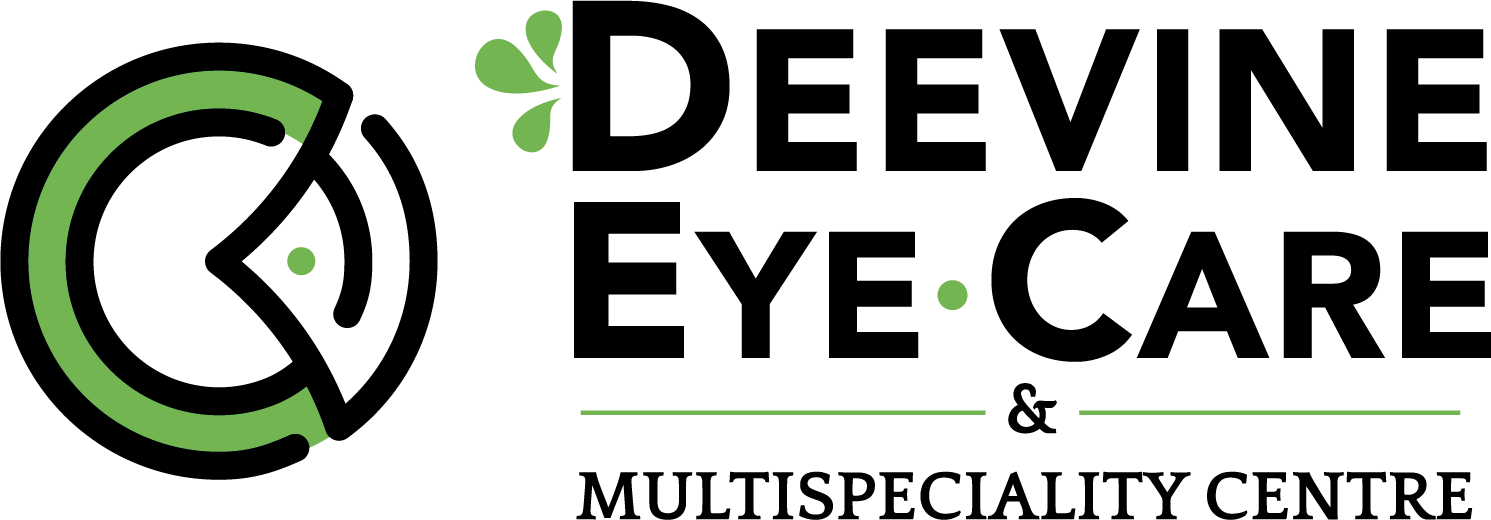Deevine Eye Care – Lacrimal

Tears cannot ordinarily drain when a person has a blocked tear duct, leaving them with wet and, itching eyes. A partial or complete clog in the tear drainage system is what causes the disease.
A blocked tear duct can be cleared easily by an Oculoplastic surgeon in Mumbai at Deevine Eye Care through surgical and non-surgical interventions. The course of treatment is determined by the kind of obstruction and the patient’s age. A blocked tear duct in an adult may be brought on by an accident, an infection, or a tumor.
The goal of lacrimal surgeries at Deevine Eye Care is to treat or manage conditions that damage the lacrimal system.
How Kind of Problems Occur in Lacrimal System?
The area of the eye and eyelids where tears are produced, distributed, and discharged is governed by the lacrimal system. Tears fall down when someone sobs because the lacrimal system is not very roomy; by the way, the system produces tears to lubricate and clean the eyes. A change in the lacrimal system’s anatomical structure could have profound health repercussions, which would necessitate surgery. Tear ducts itchy sensations can also indicate irritation or blockages in the system. Dacryocystitis, clogged tear ducts, eyelid malposition, keratoconjunctivitis, lagophthalmos, blepharitis, etc. are a few of the conditions that can impact the lacrimal system.

Eye Watering Management
Tears are crucial for removing foreign objects from our eyes or the area around them. Watery eyes, also known as epiphora, can happen if the tear duct that drains the tears is malfunctioning. Even though the problem is not hazardous, it might be inconvenient.
The most typical sign of watery eyes is self-explanatory; uncontrollably profuse tears can cause the eyes to appear glassy. In addition to crusting around the eyes, discharge, pain in the eyes, red eyes, chronic sneezing, swelling in eyelids, lowered vision, tenderness around the nose, a foreign sensation in the eyes, itchy and burning eyes, and tenderness around the eyelids are other symptoms of watery eyes.
We can easily address excessive tear production by simply stabilizing the tear film. Itchy tear duct treatment options may include warm compresses, gentle massage, or prescribed medications to reduce irritation and improve tear drainage.
A thorough evaluation at Deevine Eye Care a specialized Oculoplatic clinic in Mumbai can assist determine the best course of action. Surgery is typically required for tear drainage problems to be treated. Yet, there is no need to panic because most treatments are simple and very successful.
Dacryocystorhinostomy (DCR)
DCR (Dacryocystorhinostomy) is of two types, External Dacryocystorhinostomy and Endoscopic Dacryocystorhinostomy
External Dacryocystorhinostomy
For the treatment of blocked tear ducts, which are characterized by scarring or restriction of the tear drainage system, external DCR is advised. Prolonged sinusitis, chemotherapeutic-induced toxicity, and the presence of a tumor are all risk factors for blocked tear ducts. Tears may consequently flow uncontrollably onto the face as a result. With a reported success rate of more than 95%, external DCR is quite successful in treating this problem and restoring the tear duct’s full functionality. By enlarging the lower and higher puncta to help with the placing of the lacrimal stent, the surgeon performs external DCR in an effort to increase tear outflow while removing mucus and fluid that had accumulated in the tear duct.
Endoscopic Dacryocystorhinostomy
For persistent eye infections and/or sticky eye discharge, unusually watery eyes can be treated surgically. It is also appropriate for the treatment of dacryocystitis, a condition marked by the development of a bump between the nose and the eye. Using a telescope inserted through the nose to construct a new channel between the tear sac and the interior of the nose, endoscopic DCR is a minimally invasive technique that can be carried out under anesthesia (local or general). This creates a bypass that ensures the correct drainage of tears.
Typically, a customized tube is inserted into the tear duct and left there for 6 to 12 weeks, depending on how quickly the recovery happens. Endoscopic DCR, is done using three techniques pre-lacrimal, lacrimal, and retro-lacrimal positions. A customized tube is inserted into the tear duct and left there for 6 to 12 weeks, depending on how quickly the recovery happens.
Lacrimal Probing in the Pediatric Age Group
In babies, clogged tear ducts are typical. Often in the first year of life, the resolves without any treatment. Your infant might be able to undergo a Naso Lacrimal Probing at Deevine Eye Care in which a probe is used to open the tear duct if the tear duct does not open on its own. This will be done while completely unconscious. The blocked ducts can simply be opened by this quick, safe, and safe process.
When performed at the appropriate age e.g. around the age of 1, the first-time probing success rate is very high up to 90% to 95%. A second probing may be needed if the symptoms do not go away despite the initial probe. To maximize the likelihood of success, some older children may have intubation as well as probing, which involves inserting a silicon tube to keep the tear ducts open.
